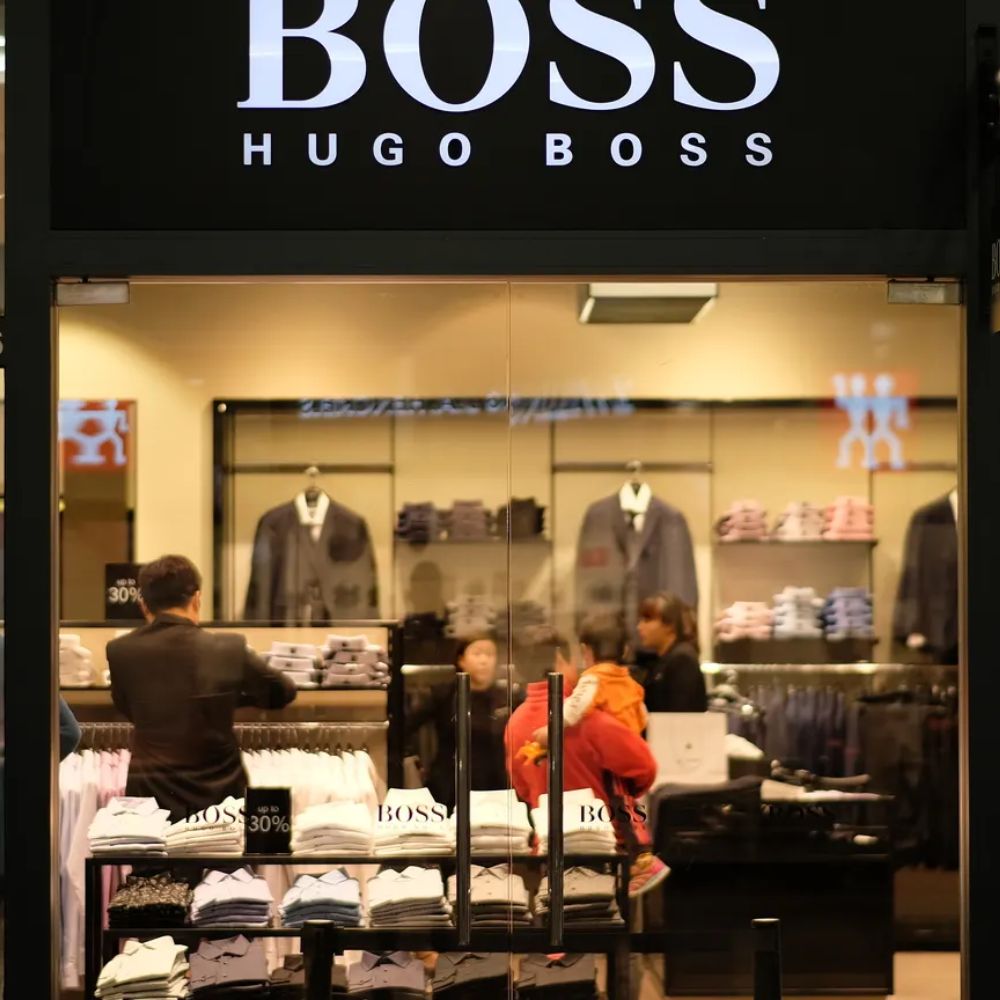Over the last decade, fashion trends have altered at an increasing rate. Customers’ pressures to match the latest trends have intensified, as have labour expectations to provide more and at reduced prices.
One of the highly recommended latest trends is ‘Fast fashion’.
That brings us to the question- “What exactly is fast fashion?”
Fast fashion
‘Fast fashion refers to mass-produced garments that are generated rapidly, cost-effectively, and in fashionable styles. The primary objective of fast fashion brands is to get carriageway styles into the hands of shoppers as quickly as possible, regardless of quality or outer expenses
These trendy items are typical of low quality, and most will only last a few wash cycles. But this isn’t a problem for the consumer since they didn’t put much money into it, to begin with.
The clothing industry has been turned upside down by fast fashion. It has reduced wardrobe updates from a quasi investment to the corresponding ordering takeout. The disposable clothing trend has gained wide attention, but it did not happen overnight.
Companies that are embroiled with Fast fashion
Fast fashion is the result of both conventional and newly formed fashion brands.
H&M is the world’s oldest rapid retail company, it has opened in Sweden in 1947 and only entered the United States in 2000. The company specializes in low-cost runway knockoffs and has a limited supply chain. H&M does not own factories and rather depends heavily on 700 independent, the majority of whom are based in Asia, to manufacture its clothing.
On the other hand, Zara sells similar quick-moving merchandise. This Latin seller has made it a goal to get a piece of fabric from the designing phase to retail shelves in three weeks or less, regardless of the cost to the places and people engaged.
The company also aims to overload shoppers with options by generating over 10,000 unique items annually hoping that customers will return home with more clothing than they expected after each trip to the store.
The economic growth of Fast fashion
Fast fashion has grown in popularity over the last two decades. It has altered the way people buy clothing. We buy more clothes from fast fashion distributors and companies like H&M, Zara, and many others than before. Clothing is often worn hardly a few times before being discarded and supplanted with the new fashions. Clothing purchasing is no longer a once-in-a-while event. For some, it happens daily as a form of entertainment.
Fast fashion is a global phenomenon that was influenced by the phrase “fast food.” Manufacturers and companies use any means at their disposal to gain more consumers and grow profits. The traditional two to four periods per year for new sets are no longer in place. Every year, 52 seasons replace them. As a rapid response to market demands, innovative products are designed, produced, and pressed to high-street stores. As a result, clothing is expendable and has a limited life.
Fast fashion spawned an impulsive shopping culture, as well as consumer demand for low-cost clothing. The popularity of designer items and stylish products that are less expensive is growing.
Unfortunately, most consumers are unaware of the impact their purchases have on the fashion industry, the economic system, and the environment.
Now, this lands us on the ultimate question-
How does Fast fashion affect the economy?
Since 2011, the clothing business has expanded at a 4.78 percent annual rate. According to reports, it is estimated to rise by 5,91 percent over the next 3 years.
The international fashion industry was worth 1,051.66 billion in 2011. The market is anticipated to register 1,652.73 billion by 2020. Customers are willing to pay extra for clothing each year. Sportswear is the fastest-growing clothing category. According to McKinsey & Company, sales of sportswear are increasing at an annual rate of 8%.
Fast fashion is preferred by 88 percent of Americans, 46 percent of Europeans, 25 percent of Indians, and 25 percent of Chinese people.
Uniqlo (21 percent), H&M (18 percent), and Zara are the world’s greatest fast-fashion vendors (18 percent ). Fashion companies can bring new designs to high-street shops in a matter of days. This is a significant factor in its success.
If you’ve ever gone into a clothing store to get some cheap goods, you’ve been a part of the massive fast fashion industry.
Consumers used to care a lot more about their wardrobes in the past. Adding to it sparsely and considering every garment as an investment.
Takeaway
Fast fashion has gone unpunished for too a while, and the earth is suffering as a result. It’s time to reconsider how you confront your wardrobe to increase your impact.
So, purchase less, buy wiser, and keep what you have as long as humanly possible. Making sustainable fashion fashionable is a tried-and-true way of taking some of the venoms out of the worldwide clothing industry and combating fast fashion.















